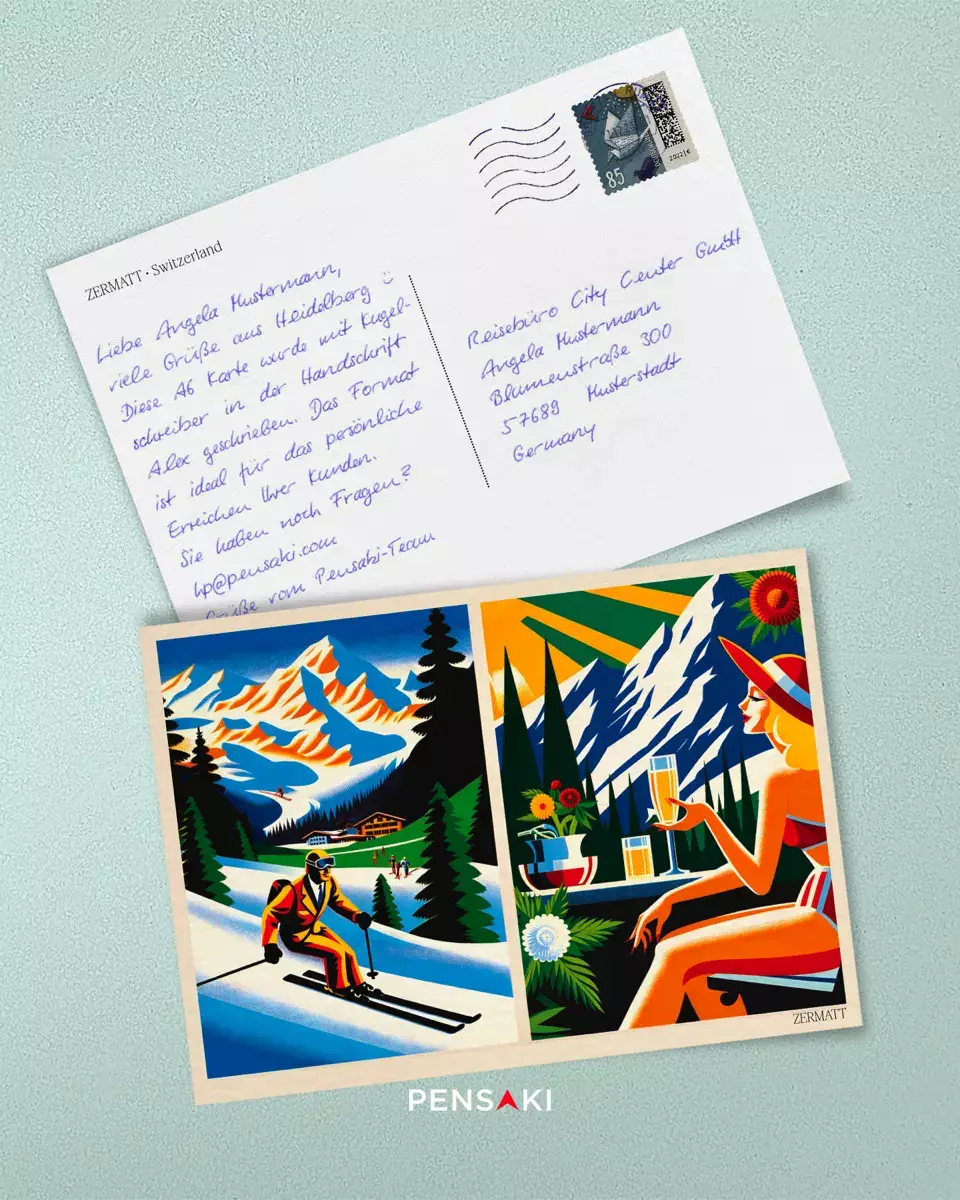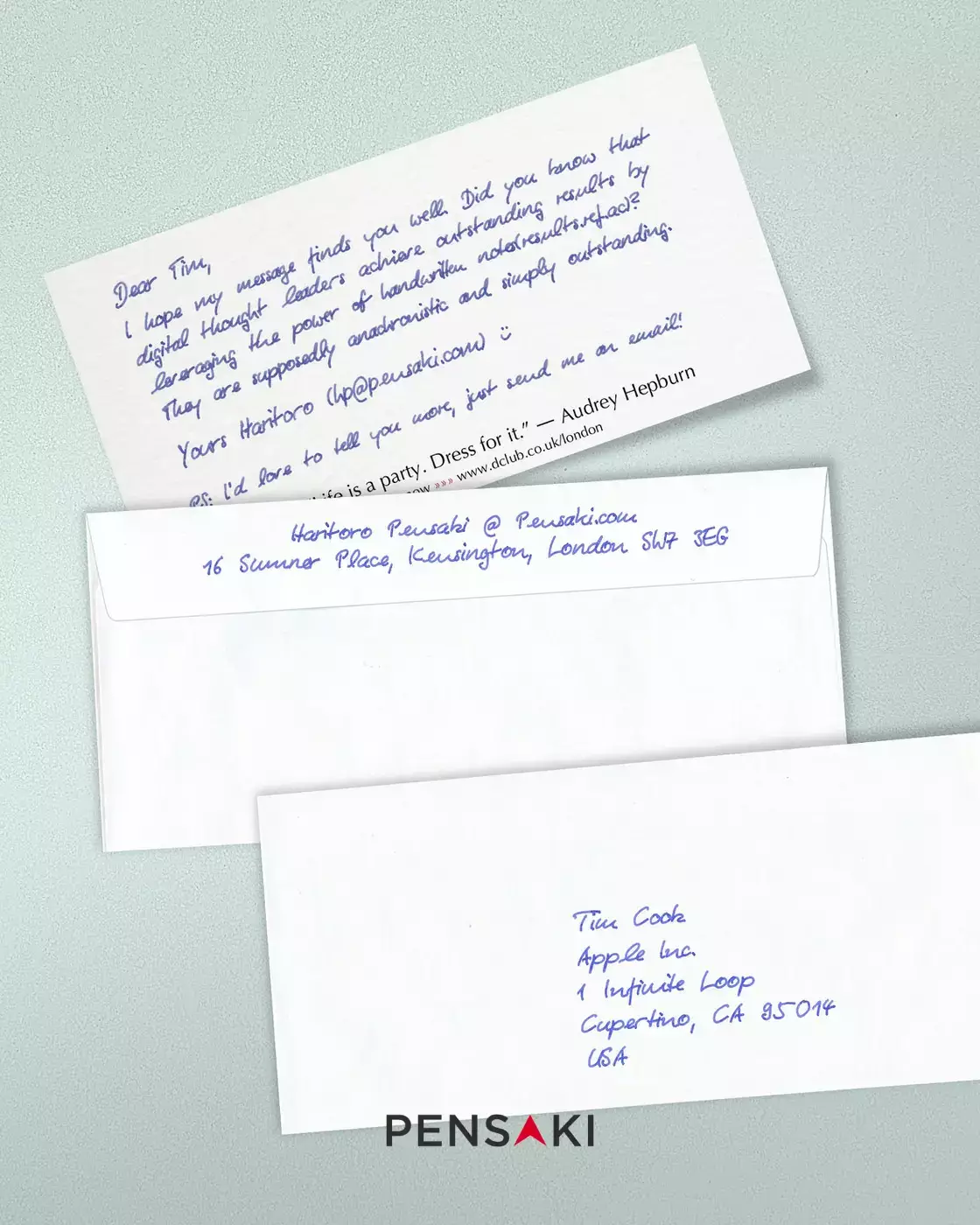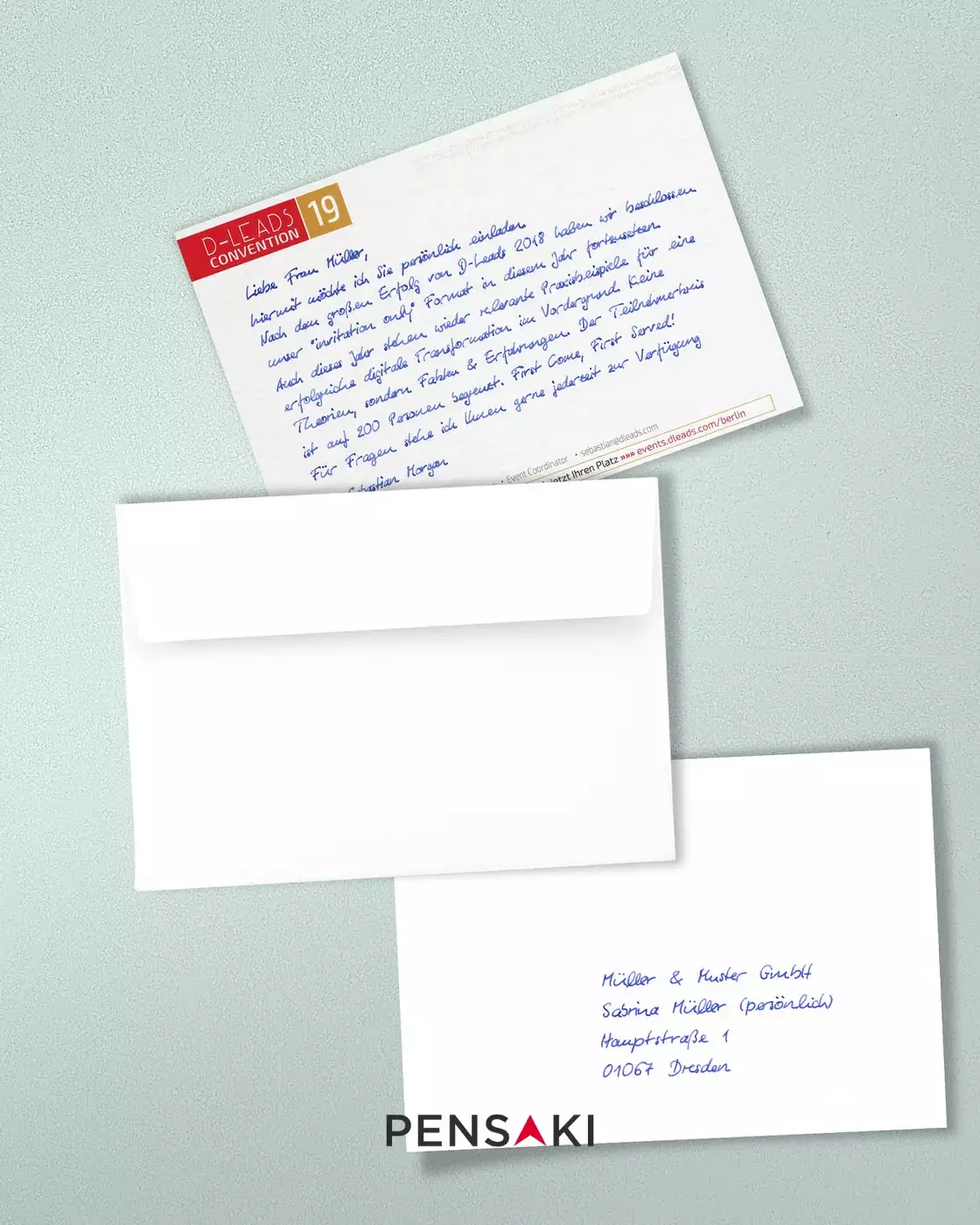Handwriting Robots Are Older Than Your Grandpa’s Startup
Michael
Pierre Jaquet-Droz, a Swiss watchmaker, invented the handwriting robot in 1744, crafting a mechanical android capable of writing, notably inscribing Descartes’ “I think therefore I am.” This invention, primarily for entertainment, sparked contemplation about machines’ potential for human-like reasoning. Fast forward to today, startups are creating a buzz around handwriting robots, a concept much older than they often admit. Despite the digital age’s dominance, with computers integral in our lives from stock trading to poetry writing, the personal touch of handwritten letters remained a digitalization void. However, the combination of AI with robotics now enables these machines to authentically replicate human handwriting, offering endless possibilities for personal communication in an era where digital natives rarely use pen and paper. This blend of old invention and new technology reflects a growing desire for personal touch in communication, underscoring the timeless value of handwriting in the digital age.
The evolution of handwriting robots represents a fascinating journey from novelty to necessity, highlighting the remarkable transition from mechanical marvels to integral components of our digital landscape. This narrative is not just about technology but also about revisiting a form of personal expression that seemed on the verge of obsolescence in the digital age. As we delve into the history and resurgence of handwriting robots, we uncover the inventiveness of past engineers and the visionary applications by today’s startups, blending the charm of traditional handwritten communication with the efficiency and possibilities of modern technology.
The Ingenious Legacy of Pierre Jaquet-Droz
In the mid-18th century, Pierre Jaquet-Droz, a Swiss-born watchmaker, unveiled a mechanical creation that would etch a significant mark in the annals of automaton history. His invention, a handwriting robot designed to mimic the action of writing, was a spectacle of engineering. Dubbed “the writer,” this automaton was capable of inscribing René Descartes’ profound statement “I think therefore I am” with astonishing precision. This device, a mechanical boy filled with cogs and levers, was not merely a source of entertainment but a philosophical prompt, stirring contemplations about the potential for machines to emulate human reasoning.
The Digital Age and the Rediscovery of Handwriting
Fast forward to the present day, computers and their algorithms have become ubiquitous, managing complex tasks from playing chess to executing the majority of stock market trades. However, amidst this digital dominance, the art of handwriting has experienced a renaissance, thanks to the advent of handwriting robots. These modern devices, far removed from Jaquet-Droz’s mechanical boy, offer the ability to authentically replicate human handwriting, providing a personal touch in an era dominated by digital communication. This blend of tradition and technology stands out, particularly in a world where digital natives may seldom experience the joy of receiving handwritten correspondence.
Handwriting robots in the Digital Era
Despite the convenience of digital communication, there is a growing appreciation for the personal touch that comes with handwritten notes. Studies, such as one conducted in Germany, reveal a strong preference among people for receiving handwritten letters in their mail. This resurgence is fueled by startups leveraging AI and robotics to create handwriting robots capable of producing authentic, handwritten documents on a mass scale. Such innovations offer a unique way to personalize communication, blending the emotional impact of handwriting with the efficiency of digital processes.
Embracing the Future: AI and handwriting robots
The intersection of AI and robotics with handwriting opens vast possibilities. AI algorithms can learn and mimic individual handwriting styles, while robotics ensures the physical act of writing is executed flawlessly. This synergy allows for the production of handwritten documents that retain a personal touch, critical for industries where emotional impact and personalization are key. Furthermore, the integration of these technologies into existing systems via APIs, as demonstrated by companies like Pensaki, signifies a leap towards seamlessly combining the digital with the personal.
A Timeless Innovation Reinvented
The journey from Pierre Jaquet-Droz’s automaton to today’s handwriting robots encapsulates the timeless human desire to blend the personal with the practical. These modern incarnations are not merely tools for replicating handwriting but symbols of the enduring value of personal touch in communication. As we continue to explore the potentials of AI and robotics, handwriting robots stand as a testament to the innovative spirit that bridges centuries, reminding us that in the age of digital ubiquity, the personal touch remains irreplaceable.
Be smart and sign up for our newsletter!
Your competition keeps itself up to date.



